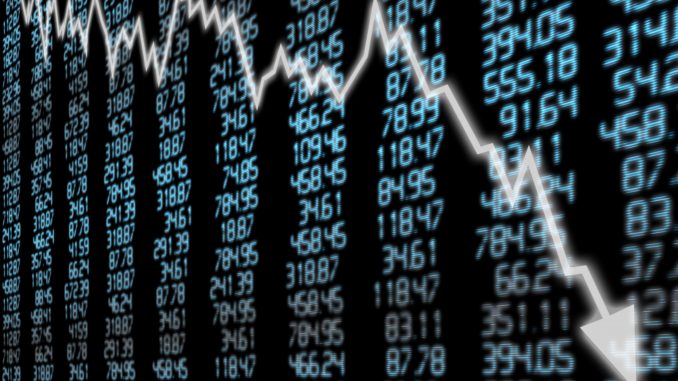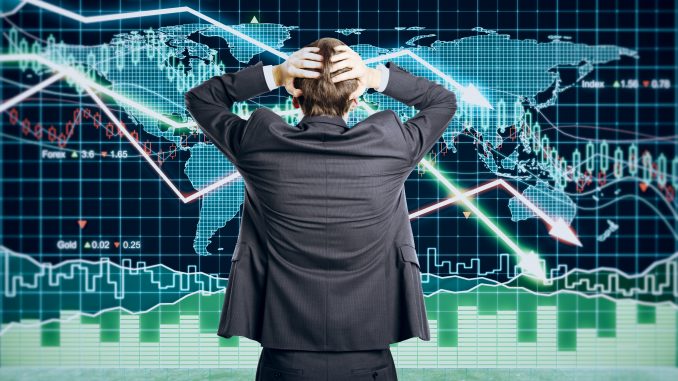
A stock market crash can be defined as a sudden and in most cases unexpected decrease in the cost of the stocks. The crash can come about due to severe disastrous incidents, a crisis in the economy or failure in a long term anticipated turn of event. At the same time, a major contributor in the stock market crash is the public panic. Whenever a large number of people rush to withdraw their money from a certain financial institution, or are eager to quickly sell off their shares and other assets of a particular company or industry all at once, they bring about economic upheaval and aggravate any potential economic instability.

Even though there is no specific limit for stock market crash, is can be described as a sudden drop in the stock prices with two digits percentage within a couple of days.
The market crash of 1929 is a very popular case study for the U.S market crash, which came about because of economic decline and selling of stock by panicking investors and this resulted in the great depression. Another popular stock market crash is the Black Monday of 1987, which was also influenced to a large extent by mass panic. There was also another severe crash as recently as 2008 in the real estate industry which brought about what is currently known as the Great Recession.
How to prevent a crash

Following the 1929 and 1987 stock crashes, there are cautionary measures that were set so as to avoid crashes resulting from mass panic by shareholders who end up disposing off all their stocks and assets.
Trading curbs or circuit breakers was one such approach whereby there is no trading activity happening for a set period of time after the stock prices go down in the hope that the prices will soon be stable and there will be no further loses. A good example for this strategy is the Dow Jones industrial Average (DJIA) whereby if it falls 2,400 points which is considered as limit 2 before 1pm, then the market is suspended for one hour. At the same time, the market is closed for the whole day if the limit falls 3,600 points. The only downside with this strategy is that stocks can still be traded in other exchanges even when one particular one closes meaning that the crash can still happen.
Another strategy that is used to reduce the mass panic which could result in a stock crash is big corporates buying stocks in large volumes thereby reassuring individual investors of stability and reducing selling in panic mode.
There are no scientific ties to these strategies and may not be entirely effective. One such example when the methods almost backfired was in 1907 when the NYSE had a 50% drop causing a major financial panic and the financial system was leaning on weak stilts. It took J.P Morgan to convince bankers in New York to use their individual and banks capital to save the stock market.
Equity investment values can be completely destroyed by a crash in the stock market and they are more dangerous to investors to bank on stocks for their retirement. The drop in equity prices happens within a day, a week, month or even one year. However, the long term effect is economic recession or depression.